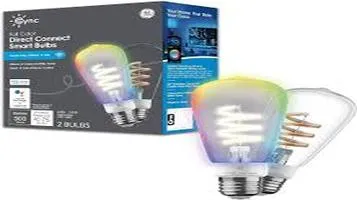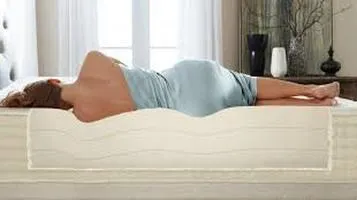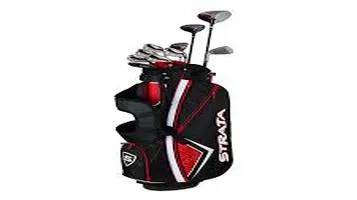A Comprehensive Review of Planters and Raised Garden Beds: Enhancing Your Gardening Experience
Planters and raised garden beds are essential tools for modern gardening, offering flexibility and improved growing conditions for a variety of plants. Planters are versatile containers that can be placed on patios, balconies, or any garden space, allowing gardeners to cultivate flowers, herbs, and vegetables in limited areas. They come in various materials, including ceramic, plastic, and wood, providing aesthetic appeal and functional solutions for gardeners with space constraints. Raised garden beds, on the other hand, are elevated structures filled with soil, designed to improve drainage and soil quality while reducing weed growth. These beds are ideal for those looking to enhance accessibility, as they minimize the need for bending and kneeling. Both planters and raised beds facilitate controlled environments, enabling effective pest management and easier maintenance, making them popular choices for urban and rural gardening alike.

Gardening enthusiasts and novices alike have long sought effective ways to cultivate their plants, vegetables, and flowers. With the rising popularity of urban gardening and the ever-present desire for fresh, homegrown produce, planters and raised garden beds have become indispensable tools for green thumbs everywhere. This review delves into the benefits, types, and considerations of planters and raised garden beds, offering insights to help you make an informed decision for your gardening needs.
Benefits of Planters and Raised Garden Beds
1. Improved Soil Quality and Drainage
One of the primary advantages of using planters and raised garden beds is the control they offer over soil quality and drainage. Traditional in-ground gardening can be hindered by poor soil conditions, which can impede plant growth. With planters and raised beds, you can select high-quality soil mixes tailored to your plants' needs, ensuring optimal growth conditions. Additionally, these structures promote better drainage, preventing waterlogging and root rot.
2. Enhanced Accessibility
Raised garden beds and planters are particularly beneficial for individuals with limited mobility or physical constraints. Their elevated height reduces the need for bending and kneeling, making gardening more accessible and enjoyable. This feature is especially valuable for elderly gardeners or those with back problems, allowing them to continue their passion without discomfort.
3. Weed and Pest Control
Raised beds and planters offer a natural barrier against weeds and pests. By elevating the growing area, you reduce the chances of invasive weeds encroaching on your plants. Additionally, pests such as slugs and snails find it more challenging to reach plants in raised beds or elevated planters, reducing the need for chemical interventions.
4. Space Efficiency
For urban dwellers with limited outdoor space, planters and raised garden beds provide a practical solution. They can be placed on balconies, patios, or rooftops, maximizing the use of available space. Vertical planters and tiered raised beds further enhance space efficiency, allowing for a more diverse range of plants in a confined area.
Types of Planters and Raised Garden Beds
1. Wooden Raised Beds
Wooden raised garden beds are a popular choice due to their natural aesthetic and versatility. Cedar and redwood are commonly used for their durability and resistance to decay. These beds can be customized to various sizes and shapes, accommodating different gardening needs. However, it is essential to ensure the wood is untreated or treated with non-toxic preservatives to avoid chemical leaching into the soil.
2. Metal Raised Beds
Metal raised beds, often made from galvanized steel or corrugated metal, offer a modern and sleek appearance. They are highly durable and resistant to weather conditions, making them a long-lasting option. One consideration is that metal can retain heat, so they may not be ideal for extremely hot climates. Adding an insulating layer of mulch can help regulate soil temperature.
3. Plastic and Composite Planters
Plastic and composite planters are lightweight, affordable, and available in a wide range of colors and styles. High-quality plastic planters are UV-resistant and durable, ensuring longevity. Composite planters, made from recycled materials, offer an eco-friendly alternative. While plastic planters are prone to cracking or fading over time, composite options tend to be more robust.
4. Fabric Grow Bags
Fabric grow bags are a flexible and breathable option for gardening. They promote healthy root development by allowing air pruning, which prevents roots from becoming pot-bound. Fabric bags are portable and can be easily moved or stored when not in use. However, they may require more frequent watering as they tend to dry out faster than traditional planters.
Considerations When Choosing Planters and Raised Garden Beds
1. Size and Depth
The size and depth of your planter or raised bed should align with the types of plants you intend to grow. Deep-rooted vegetables like tomatoes and carrots require deeper beds, while herbs and leafy greens can thrive in shallower containers. Ensure there is adequate space for root expansion and plant growth.
2. Location and Sunlight
Consider the location and sunlight exposure before setting up your planters or raised beds. Most vegetables and flowers need at least six hours of direct sunlight daily. Choose a spot that receives ample sunlight and is sheltered from strong winds to create an optimal growing environment.
3. Watering Needs
Different materials have varying watering requirements. Metal and plastic planters may retain more moisture, while fabric grow bags and wooden beds may require more frequent watering. Installing a drip irrigation system or using self-watering planters can help maintain consistent moisture levels.
4. Budget and Maintenance
Budget is a crucial factor when selecting planters and raised beds. While wooden and metal beds may have a higher upfront cost, their durability can justify the investment. Plastic and fabric options are budget-friendly but may require replacement sooner. Consider the maintenance required, such as periodic staining for wooden beds or cleaning for plastic planters.
Conclusion
Planters and raised garden beds offer numerous benefits that enhance the gardening experience, from improved soil quality and drainage to enhanced accessibility and space efficiency. With a variety of materials and styles available, there is a solution for every gardener's needs. By considering factors such as size, location, watering needs, and budget, you can choose the perfect planters or raised beds to create a thriving garden. Whether you are an urban gardener with limited space or someone looking to simplify their gardening routine, these versatile tools can help you cultivate a lush and productive green space.






